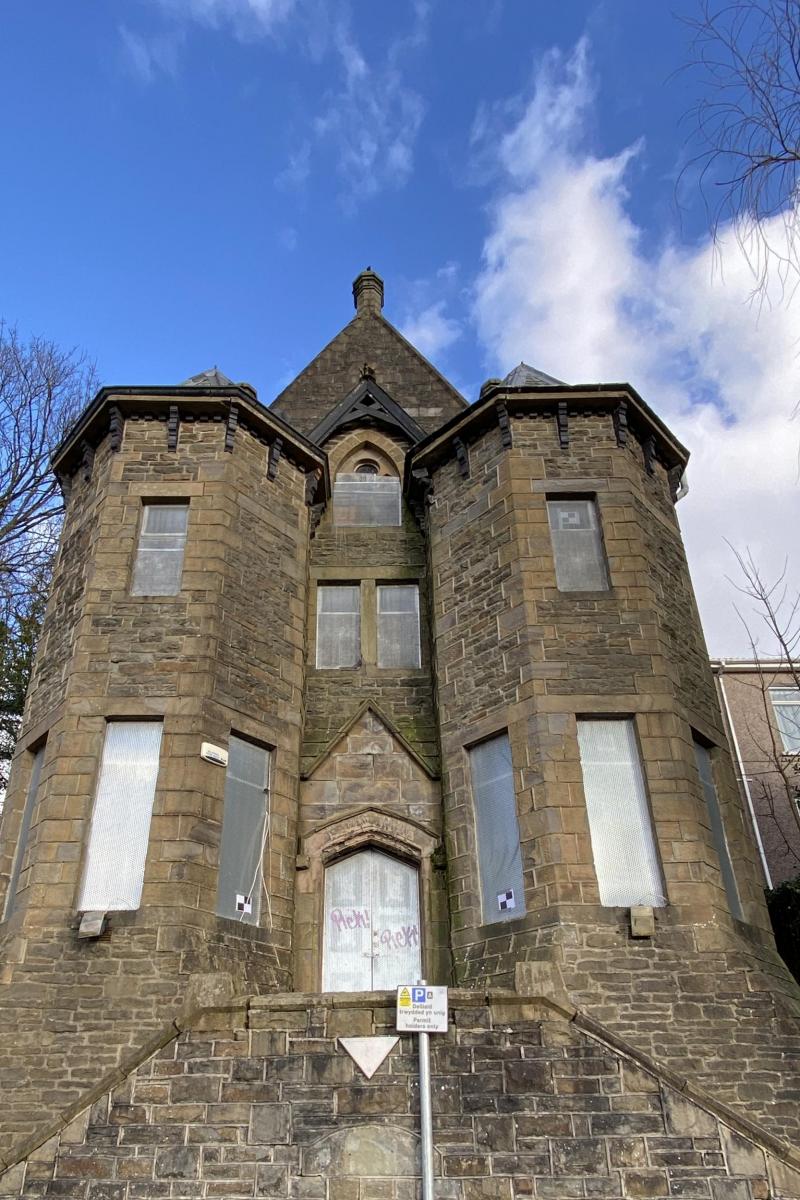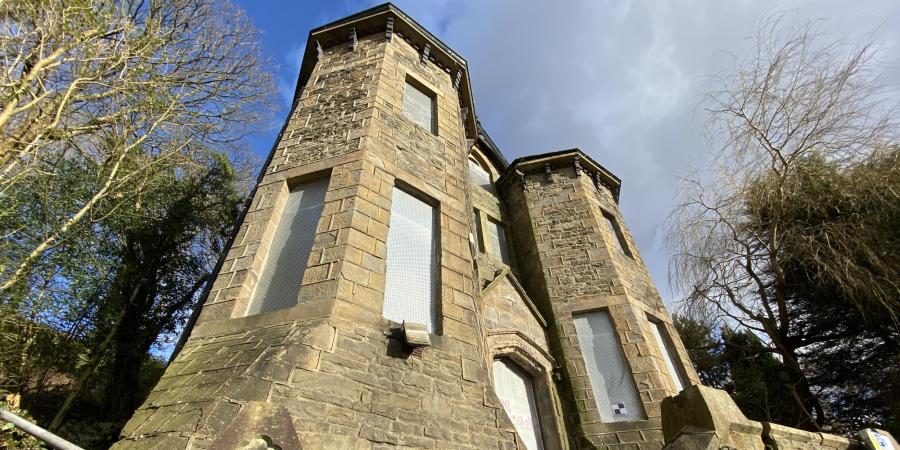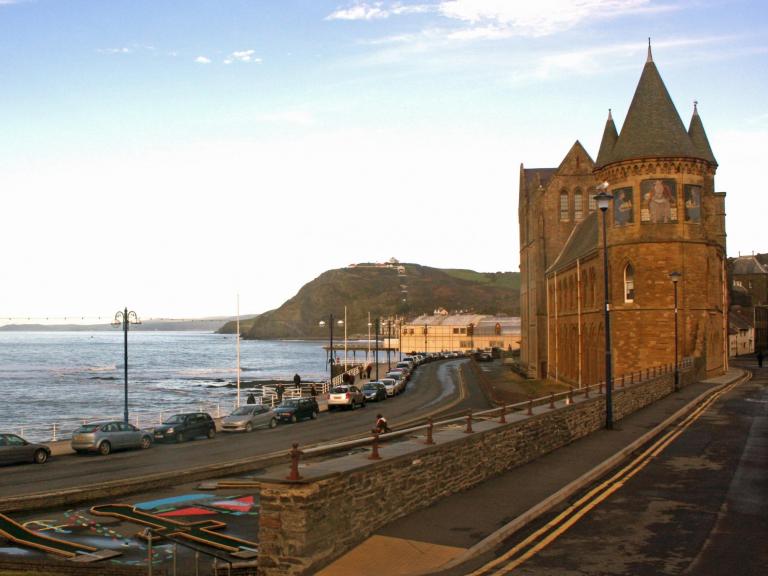Wessex Archaeology was commissioned by the Royal Commission on the Ancient and Historical Monuments of Wales (RCAHMW) in partnership with the Foundation for Jewish Heritage to carry out a comprehensive laser scan of the exterior and interior of the oldest surviving synagogue in Wales, Merthyr Tydfil.
The unique building was identified as among the most important 16 synagogues at risk in Europe after a survey by the Foundation for Jewish Heritage in 2017. Today, it is considered one of the most architecturally important synagogues in the UK and has been awarded Grade II listed status.

The project
The work undertaken on the Grade II listed Merthyr Tydfil Synagogue in South Wales was the first step in a long-term project led by the Foundation for Jewish Heritage to restore the site and create a Welsh Jewish Heritage Centre. The Welsh Jewish Heritage Centre aims to recognise, celebrate and educate about the remarkable 250+ year history of the Jewish community in Wales, while promoting inter-cultural exchange and providing a new and distinct cultural venue for Merthyr.
Susan Fielding, Senior Investigator for Historic Buildings at RCAHMW:
“The Merthyr Tydfil synagogue, opened in 1877, is one of the most historically and architecturally important faith buildings in Wales. After many years of the building being at risk, we are very pleased to be working with the Foundation for Jewish Heritage and Wessex Archaeology on this survey as an exciting step on the road to bringing the building back to life and telling the story of the rich heritage of Jewish communities in Wales”.


Recording with the latest technology
To digitally preserve the building, Wessex Archaeology carried out a comprehensive terrestrial laser scan survey of the exterior and interior. This technology captured the building and its environs with millimetre accuracy, and the point cloud dataset was colourised using the on-board 360° RGB scanner photography.
This data has been used to create plans and elevation drawings of the building and will be archived in the RCAHMW’s National’s Monuments Record of Wales as a permanent record of the synagogue. The data can also be used to form the basis for 3D modelling and there are future plans by the project partners to create a virtual reconstruction of the synagogue as it was before it closed in 1983.
Michael Mail, Chief Executive of the Foundation for Jewish Heritage:
“We are delighted to be working with the Royal Commission on the Ancient and Historical Monuments of Wales and Wessex Archaeology in utilising latest technologies to document the special synagogue of Merthyr Tydfil and provide a resource that will help with the eventual presentation of the building’s story.”
The building
The synagogue is unique in appearance. It was built in 1877 by the Merthyr Tydfil Hebrew Congregation in the Gothic Revival style, in stark contrast to other synagogues built in the UK which tended to use Oriental or Byzantine styles. A unique feature is the stone Welsh dragon which sits proudly on the table of the entrance bay, making this perhaps the only synagogue in the world to feature such a design.
The Jewish community of Merthyr came to an end in 1983 when the synagogue was sold, and the building was temporarily used as a Christian Centre and gym before lying derelict in 2006. It was purchased by The Foundation for Jewish Heritage in 2019.
Chris Brayne, Chief Executive at Wessex Archaeology:
“We’re delighted to have been able to bring our technological know-how to bear in deepening the understanding of this unique piece of Jewish and Welsh history. The accuracy of the laser scanning technique means that the building can both be digitally preserved in its current state as a record for future generations and offers the opportunity to recreate what it would have looked like in its former glory. There are some really exciting possibilities ahead for engaging people with this amazing place.”




Above: Laser scan data of the exterior and interior by Wessex Archaeology (Crown Copyright RCAHMW 2021)



